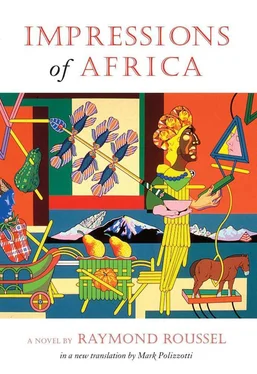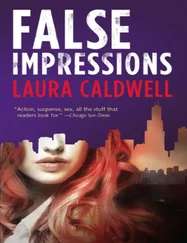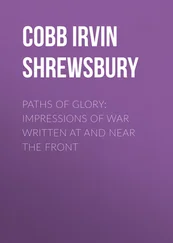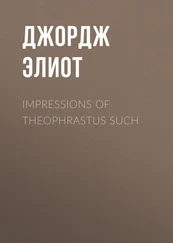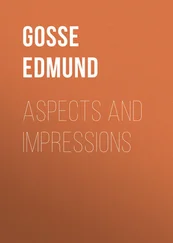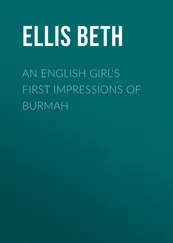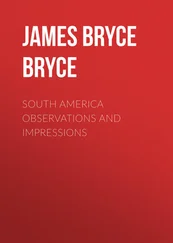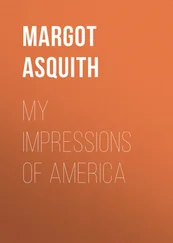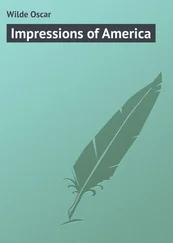To the left, at an equal distance from the altar, a tall plant, but old and pitiful, made a sorry complement to the resplendent palm; this was a rubber tree, its sap run dry and in a state of near rot. A litter of branches placed in its shade supported the recumbent corpse of the Negro king Yaour IX, classically costumed as Gretchen from Faust in a pink woolen dress with alms purse and thick blonde wig, its long yellow plaits, thrown over his shoulders, reaching almost to his legs.
To my left, backed against the row of sycamores and facing the red theater, a stone-colored edifice looked like a miniature version of the Paris Stock Exchange.
Between this structure and the northwest corner of the esplanade stood a row of life-size statues.
The first showed a man mortally wounded by a spear plunged into his breast. Instinctively, his two hands clutched at the shaft; his body arched back on the verge of collapse as his legs buckled under the weight. The statue was black and at first appeared to be all of a piece; but gradually one’s eye discovered a multitude of furrows running in all directions, forming clusters of parallel striations. In reality, the work was composed entirely of numerous whalebone corset stays cut and molded as the contours dictated. Flathead nails, their tips evidently bent beneath the surface, jointed these supple strips together so artfully that not the slightest gap remained between them. The face, its nose, lips, eyebrows, and eye sockets faithfully reproduced by minutely arranged little sections, bore a finely rendered expression of pain and anguish. The shaft of the weapon buried in the dying man’s heart suggested some great difficulty overcome, thanks to the elegant handle that showed two or three stays cut into small rings. The muscular body, clenched arms, and nervous, crooked legs all seemed to tremble or suffer, due to the striking, flawless curves imposed on the invariable dark-colored strips.
The statue’s feet rested on a simple vehicle, its low platform and four wheels composed of other black, ingeniously combined whalebone stays. Two narrow rails, made from some raw, reddish, gelatinous substance, which was none other than calves’ lungs, ran along a dark wooden surface and, by their form if not their color, created the precise illusion of a section of railroad track. It was onto these tracks that the four immobile wheels fit, without crushing them.
The surface supporting the tracks formed the top of a jet black wooden plinth, the front of which bore a white inscription with these words: “The Death of the Helot Saridakis.” Below it, also in milky letters, one saw this phrase, half-Greek and half-French, accompanied by a slim bracket:

Next to the helot, the bust of a thinker with knit brow wore an expression of intense and fruitful meditation. On the stand one could read the name:
IMMANUEL KANT
After this came a group of sculptures depicting a thrilling scene. A cavalry officer with the face of a thug seemed to be interrogating a nun flattened against the door of her convent. Behind them, in bas-relief, other men-at-arms mounted on fierce steeds awaited orders from their chief. On the base, in chiseled letters, the title The Nun Perpetua’s Lie was followed by the question, “Is this where the fugitives are hiding?”
Farther on, a curious recreation, accompanied by the explanatory caption, “The Regent Bowing before Louis XV,” showed Philippe d’Orléans paying his respects to the ten-year-old child king, who maintained a pose full of natural, unconscious majesty.
Unlike the helot, the bust and these two complex groupings were made of what looked like terracotta.
Calm and vigilant, Norbert Montalescot strolled among his works, watching especially over the helot, whose fragility made a careless jostle from some passerby a matter of special concern.
Past the final statue stood a small cabin with no doors, its four walls, of equal width, made of heavy black cloth that in all likeli-hood left the interior completely dark. The gently sloped roof was strangely composed of book pages, yellowed by time and trimmed into tiles; the text, fairly large and exclusively in English, was faded or completely erased, but the visible headers of certain pages still bore the clearly printed title The Fair Maid of Perth . The middle of the roof contained a hermetically sealed skylight, made not of glass but of similar pages, also discolored by wear and age. This delicate tiling no doubt filtered a diffuse, yellowish light, soft and restful.
A kind of chord, suggesting the timbre of brass instruments but much fainter, escaped at regular intervals from inside the cabin, like musical breaths.
Just opposite Nair, a tombstone, in perfect alignment with the Stock Exchange, supported various elements of a Zouave’s uniform. A rifle and cartridge pouches lay alongside these military effects, which to all appearances served as a pious memento of the departed.
Rising vertically behind the funerary slab, a panel draped in black fabric offered a series of twelve watercolors, arranged in threes over four even, symmetrically stacked rows. Given the similarity of the characters depicted, the suite of paintings seemed to relate some continuous dramatic narrative. Above each image one could read, like a title, several words traced with a brush.
On the first sheet, a noncommissioned officer and a flamboyantly attired blonde were camped in the back of a luxuriously appointed victoria; the words “Flora and Lieutenant Lécurou” summarily designated the couple.
Then came “The Performance of Daedalus ,” represented by a wide stage on which a figure in a Greek toga appeared to be singing lustily; in the front row of a box, one again found the lieutenant sitting beside Flora, who was training her opera glasses on the performer.
In “The Consultation,” an old crone wearing an ample sleeveless cloak drew Flora’s attention to a celestial planisphere pinned to the wall, and leveled an authoritative finger at the constellation Cancer.
“The Secret Correspondence,” inaugurating a second row of images, showed the woman in the cloak offering Flora one of those special grilles composed of a single sheet of cardboard with strange holes punched out, which are used in deciphering cryptograms.
“The Signal” took as its décor a nearly empty sidewalk café, at the front of which a tanned Zouave, sitting alone, indicated to the waiter a large bell tolling atop a neighboring church; below it, one could read this brief dialogue: “Waiter, what is that ringing?” “That’s the Benediction.” “In that case, bring me a harlequin .”
“The Lieutenant’s Jealousy” showed a barracks courtyard in which Lécurou, raising four fingers of his right hand, seemed to be furiously upbraiding the Zouave from the preceding image; the scene was accompanied by this blunt phrase in military slang: “Four days in the cooler!”
At the head of the third row, “The Bravo ’s Rebellion” introduced into the plot a very blond Zouave who, refusing to execute one of Lécurou’s orders, answered with the single word “No!” inscribed under the watercolor.
“The Convict’s Execution,” underscored by the command “Aim!” depicted a firing squad that, at the lieutenant’s orders, trained its rifles at the heart of the golden-haired Zouave.
In “The Usurious Loan,” the crone in the cloak reappeared to hand Flora several banknotes; sitting at a desk, the latter seemed to be signing some kind of IOU.
The final row commenced with “The Police Raid the Gambling Den.” This time, one saw a wide balcony and Flora hurling herself into the void, while through the open window, around a large gaming table, gamblers recoiled in horror at the unexpected arrival of several black-suited men.
Читать дальше
